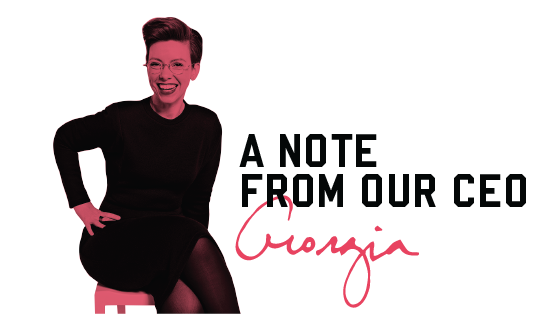June 2021: What’s “Up” With Inflation Rates?
MODERNIST’S ASSET CLASS INVESTING PORTFOLIOS ARE STRATEGICALLY INVESTED WITH A FOCUS ON LONG-TERM PERFORMANCE OBJECTIVES. PORTFOLIO ALLOCATIONS AND INVESTMENTS ARE NOT ADJUSTED IN RESPONSE TO MARKET NEWS OR ECONOMIC EVENTS; HOWEVER, OUR INVESTMENT COMMITTEE EVALUATES AND REPORTS ON MARKET AND ECONOMIC CONDITIONS TO PROVIDE OUR INVESTORS WITH PERSPECTIVE AND TO PUT PORTFOLIO PERFORMANCE IN PROPER CONTEXT.
As we move into a post-pandemic world (soon, but not yet!), we're all about quieting the financial noise. Recently, there’s been a whole lot of noise about inflation.
Let’s put on our critical thinking caps
Stock market indexes continue to set new record highs, but investors are increasingly focused on another number: inflation. Although the U.S. Bureau of Labor Statistics reported a 4.2% annual increase in inflation in April, we should take time to understand where that number comes from and what it means.
Knowing this answer and the different ways inflation is calculated can help add some valuable perspective the next time you hear it discussed in the news media or when you’re hanging out (!) with friends.
The 4.2% number is the Consumer Price Index (CPI), which tracks the price level for a basket of common goods and services in major consumer categories like food, energy and clothing. To calculate the year-over-year change (price-level inflation) you would compare today’s price to the price from 12 months ago for the same basket of goods/services. Another similar index is the Personal Consumption Expenditures (PCE) Price Index.
The two indexes tend to move in similar fashion over time, but they are not identical. For example, they track the same general spending categories but assign each category a different weight.
CPI uses a proportion of total out-of-pocket household expenditures; PCE gauges spending on what companies are selling. Additionally, CPI only tracks household spending in select urban areas, which account for approximately 88% of the total U.S. population, but PCE also includes rural areas and nonprofit organizations that support households. These differences in methodology often result in differences for the same trailing 12-month period. Case in point, inflation measured by PCE was 3.6% in April.
That number is still high, but keep in mind that inflation is being measured against prices in April of 2020– at the height of uncertainty around the pandemic (and few people leaving their house).
Inflation can look different for everyone
Your occupation, hometown, and the lifestyle you lead can also create some dissonance around inflation. For example, the cost of used cars and trucks rose 21% during the last year, with a 10% increase in April (1). If you’re shopping in that market, you’re likely feeling the effects of inflation more than others.
But not all expenditure categories move in unison. The cost of prescription and over-the-counter drugs decreased 1.7%. (2)
Different regions also experience different levels of inflation; southern and midwestern states saw higher inflation growth rates than the rest of the country. (3)
Regardless of how inflation has impacted your day-to-day life, many also wonder how it affects their investments. Fortunately, Modernist’s portfolios address inflation in a few ways.
The fixed-income segment of a portfolio is generally the most susceptible to unexpectedly high bouts of inflation, but our focus on short-to-intermediate-term bonds (compared to longer-term bonds) helps to minimize the impact of unexpected inflation.
Stocks, on the other hand, tend to far outpace inflation over the long term.
In addition, a portfolio that owns more relatively cheap “value” stocks (or “on sale”) might be positioned to outperform in rising/above-average inflationary environments. This is far from a certainty, but historically, value stocks have tended to outperform their more expensive, growth-oriented counterparts in higher inflation scenarios. There are numerous potential explanations for this, but one worth noting is that rising inflation and interest rates are typically associated with a strong, growing economy, and investors tend to be more willing to take on the added risk inherent in value stocks during such times. We can’t know what the future holds in this regard, but it is an interesting theory to follow.
We hope this letter will provide some additional clarity and context the next time you happen across inflation in the news or in conversation.
And as always, when you have any questions about your investments, need to inform us of family or work-related changes, or want to discuss your financial planning needs, please reach out. We are here and ready to help.
Cheers,
Georgia + Team Modernist
For a look at inflation based on historical data for context, check out our blog post on post-pandemic inflation risk.
From around the web, we loved this helpful New York Times list of questions to ask yourself before panicking about inflation.
And, check out this Planet Money clip on why a Chattanooga lawyer (Georgia’s birthplace) made Coke cost a nickel for 70 years!



